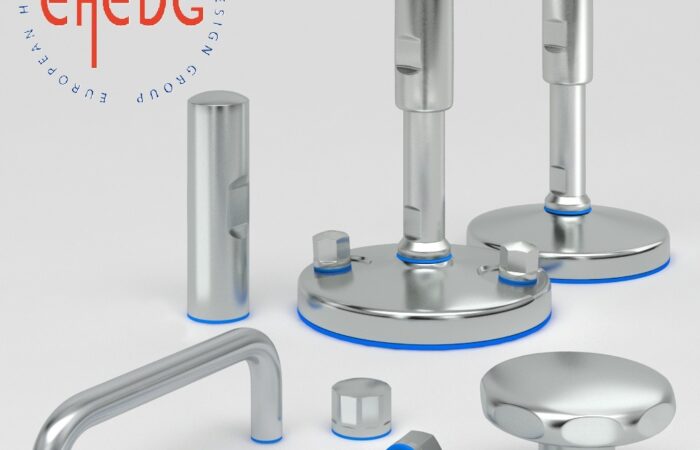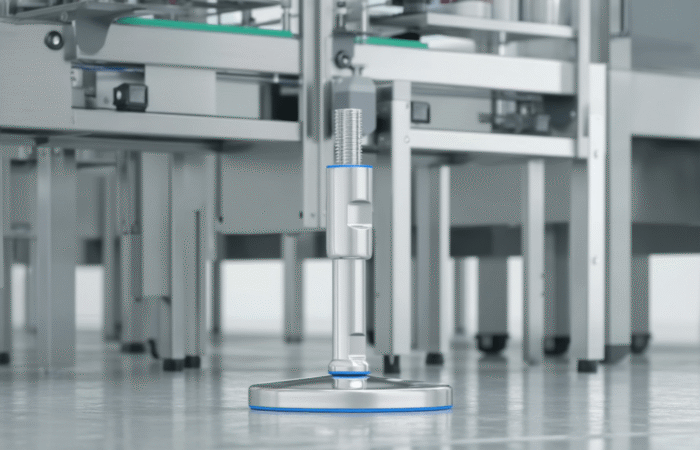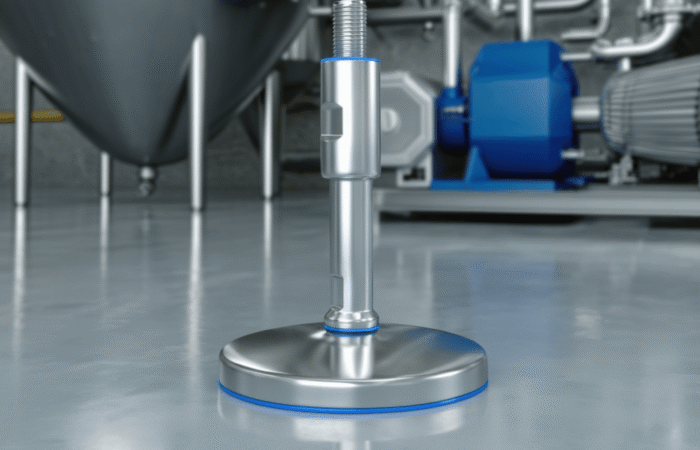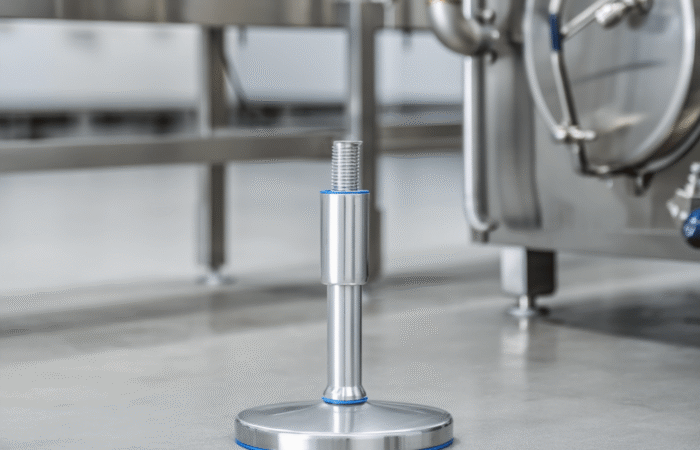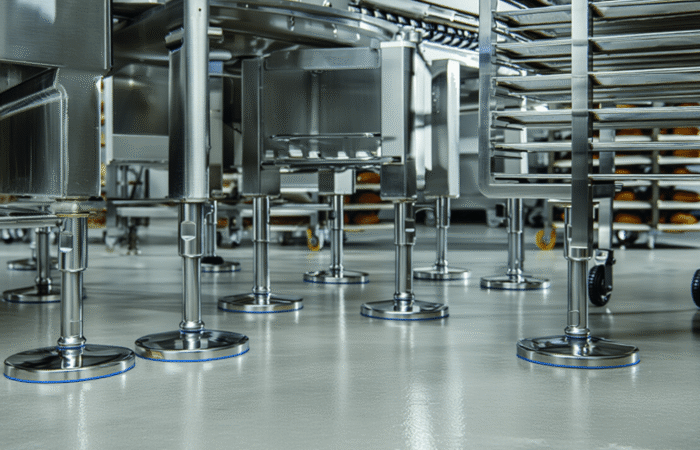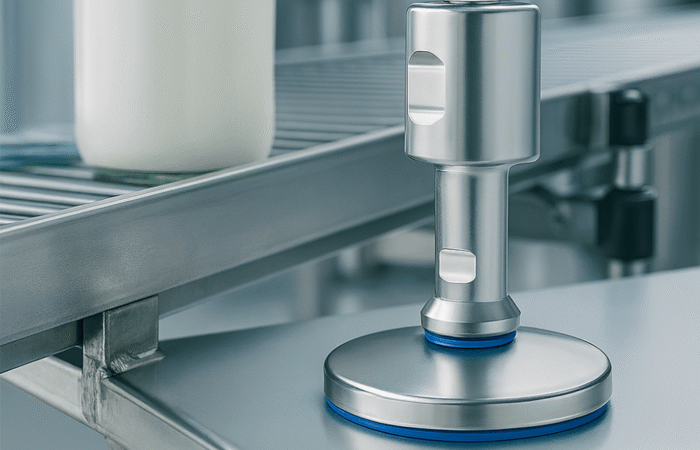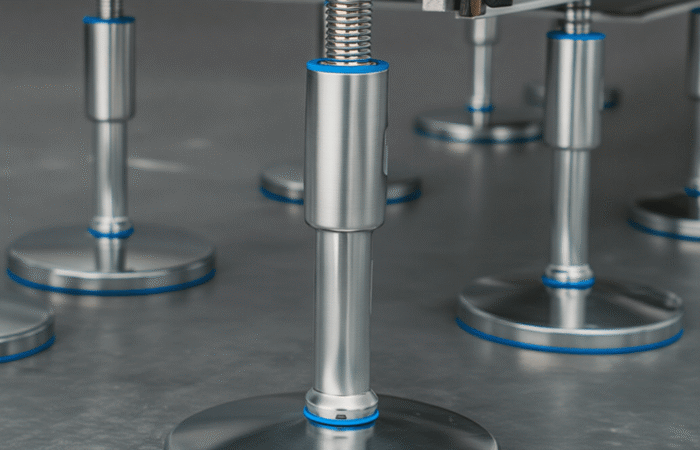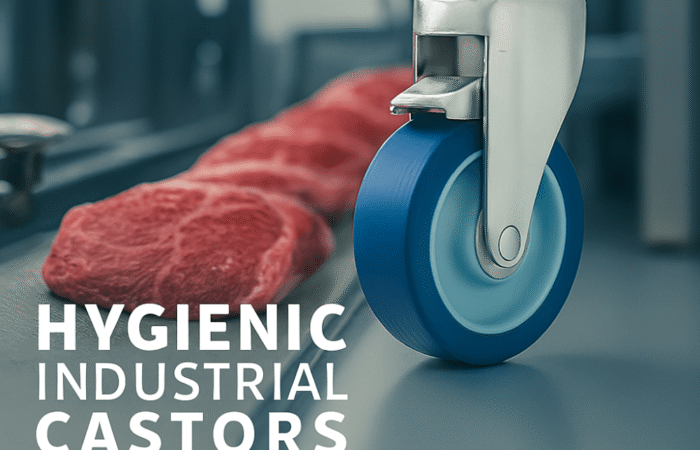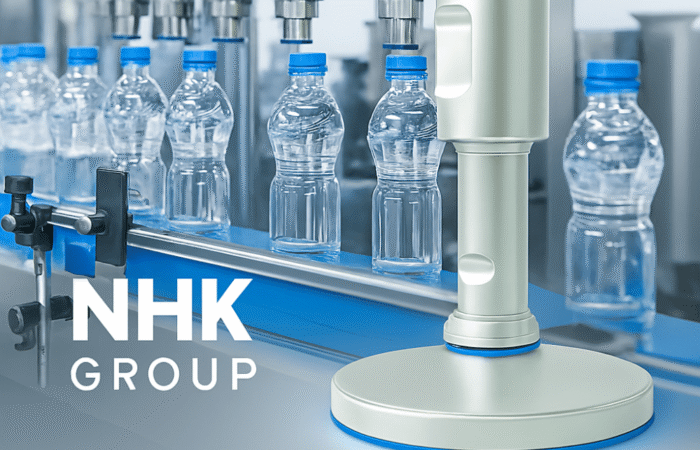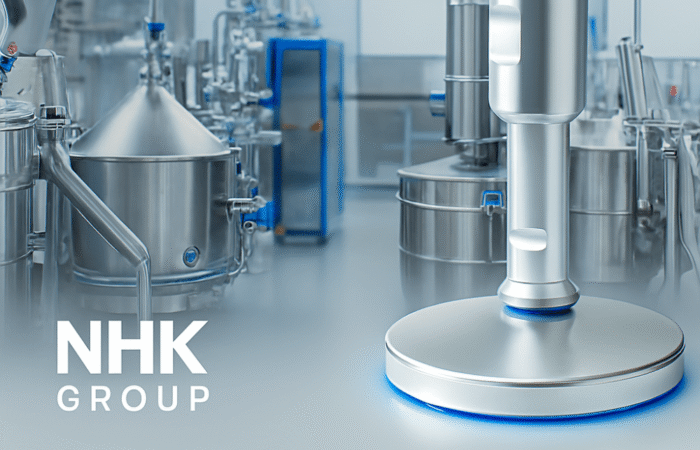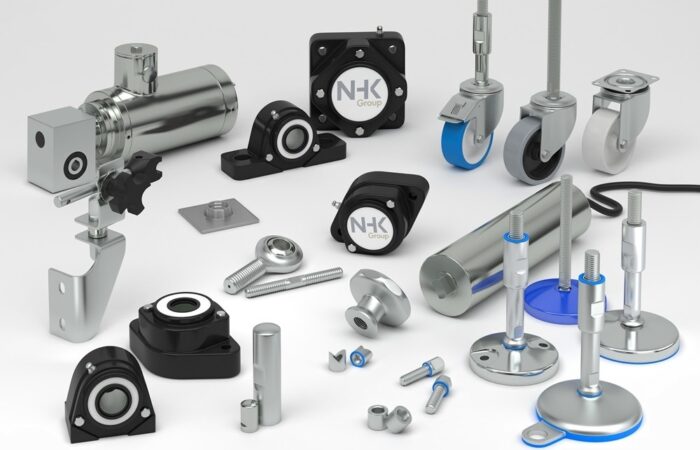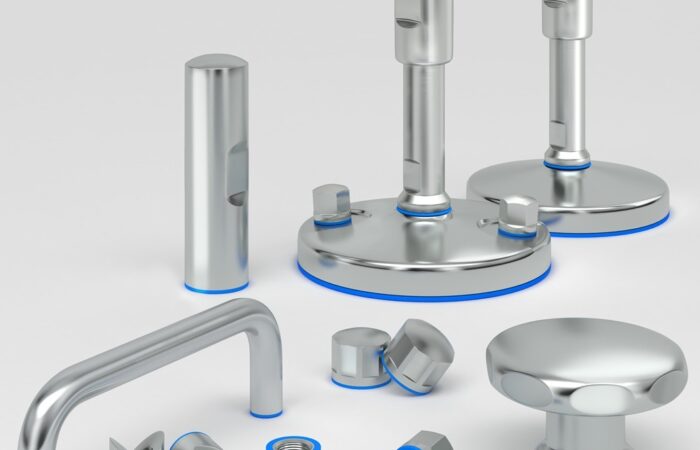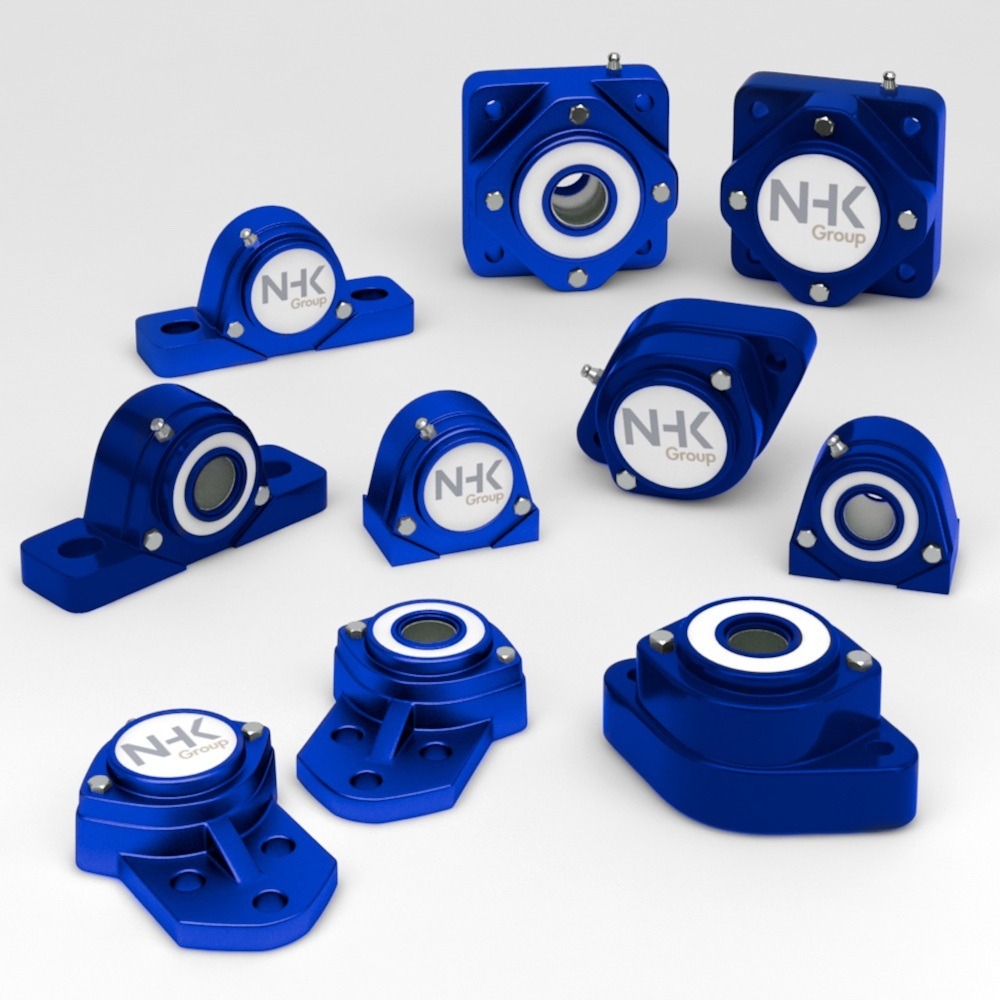
Material Composition and Properties AISI 420 vs. AISI 440
Understanding the material composition of Stainless Steel 420 vs. 440 bearing units is critical for selecting the right material for industrial applications. Both steels are martensitic stainless steels, but their carbon content, alloying elements, and heat treatment responses differ, affecting their performance. The key difference between Stainless Steel 420 and 440 lies in the carbon content and chromium levels, which influence hardness, corrosion resistance, and wear properties. Carbon Content: Chromium Content: Molybdenum (Mo) Content: Hardness & Wear Resistance Tensile Strength Ductility & Elongation Both 420 and 440 stainless steels can be hardened through heat treatment, but 440C is capable of achieving much higher hardness. Key Takeaways: ✔ 440 stainless steel can be hardened to higher levels, making it ideal for high-wear applications. While both materials offer some level of corrosion resistance, 440 stainless steel performs better in wet and chemically aggressive environments. Choose Stainless Steel 420 Bearing Units If: Choose Stainless Steel 440 Bearing Units If:Stainless Steel 420 vs. 440 Bearing Units
Chemical Composition of Stainless Steel 420 vs. 440
Element 420 Stainless Steel 440 Stainless Steel (Primarily 440C) Carbon (C) 0.15 – 0.40% 0.95 – 1.20% (Higher hardness) Chromium (Cr) 12.0 – 14.0% 16.0 – 18.0% (Better corrosion resistance) Nickel (Ni) 0.5% max 0.75% max Manganese (Mn) 1.0% max 1.0% max Silicon (Si) 1.0% max 1.0% max Molybdenum (Mo) 0.5% max (optional) 0.75% max (in some 440 grades) Phosphorus (P) 0.04% max 0.04% max Sulfur (S) 0.03% max 0.03% max Key Differences in Material Composition
Mechanical Properties Comparison
Property 420 Stainless Steel 440 Stainless Steel (Primarily 440C) Hardness (HRC, Rockwell Scale) 48-50 HRC 58-60 HRC (higher wear resistance) Tensile Strength 700 – 850 MPa 760 – 900 MPa Yield Strength 500 MPa 570 MPa Density 7.75 g/cm³ 7.70 g/cm³ Elongation at Break 15% 13% Modulus of Elasticity 200 GPa 200 GPa Key Differences in Mechanical Properties
Heat Treatment and Hardening
420 Stainless Steel Heat Treatment
440 Stainless Steel Heat Treatment
✔ 420 stainless steel is easier to machine and process, but cannot reach the same hardness as 440 stainless steel.Corrosion Resistance
Environment 420 Stainless Steel 440 Stainless Steel Mild Industrial Conditions ✅ Good ✅ Excellent High Humidity & Marine ❌ Not recommended ✅ Better but not as good as 316 SS Acidic/Chemical Processing ❌ Poor ✅ Moderate resistance Frequent Washdowns (Food/Pharma) ❌ Limited ✅ More resistant Machinability and Welding
Feature 420 Stainless Steel 440 Stainless Steel Machinability ✅ Easier to machine ❌ Difficult to machine due to hardness Grinding & Polishing ✅ Easier to polish ❌ Requires diamond grinding Welding ✅ Can be welded with preheating ❌ Poor weldability, cracks easily Final Comparison Summary
Feature 420 Stainless Steel Bearing Units 440 Stainless Steel Bearing Units Best Used In General machinery, automotive, dry environments High-wear, high-load, wet environments Hardness (HRC) 48-50 HRC 58-60 HRC Wear Resistance Moderate Excellent Corrosion Resistance Moderate Higher than 420 but lower than 316 Tensile Strength Good Higher than 420 Machinability ✅ Easier to machine ❌ Hard to machine Cost More affordable More expensive Which One Should You Choose?
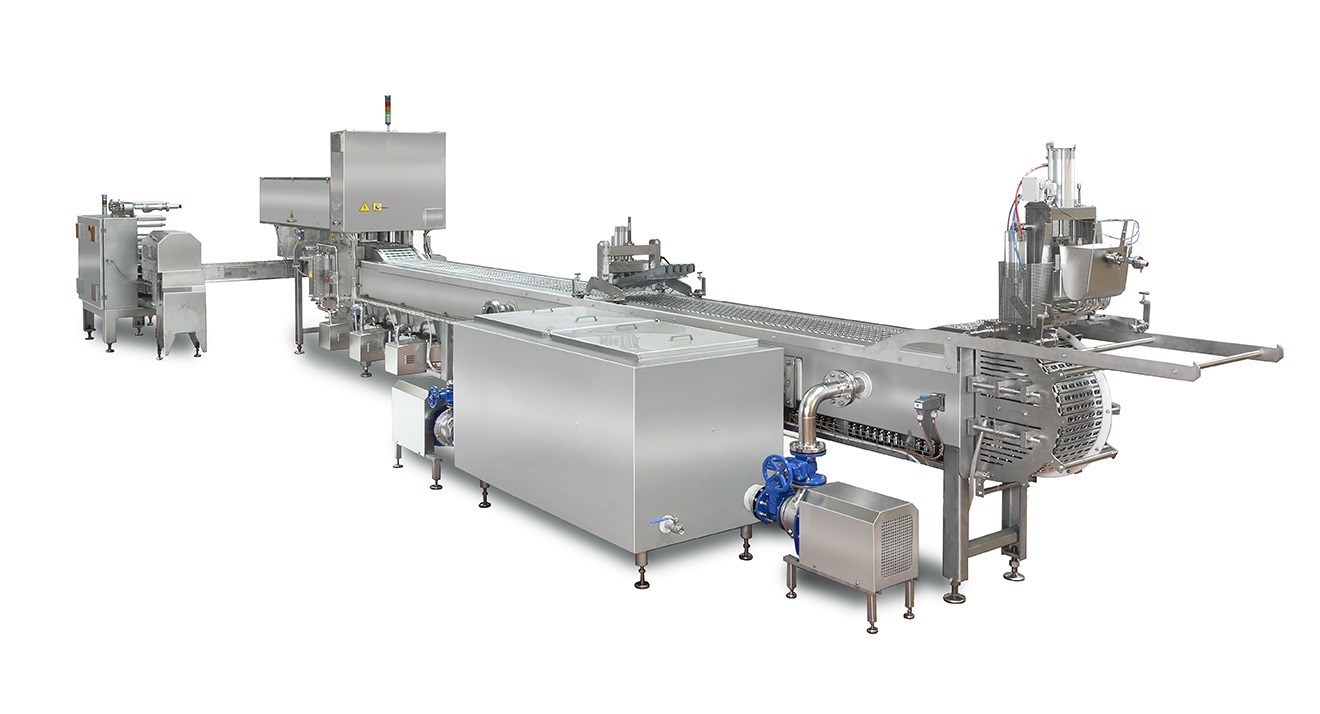
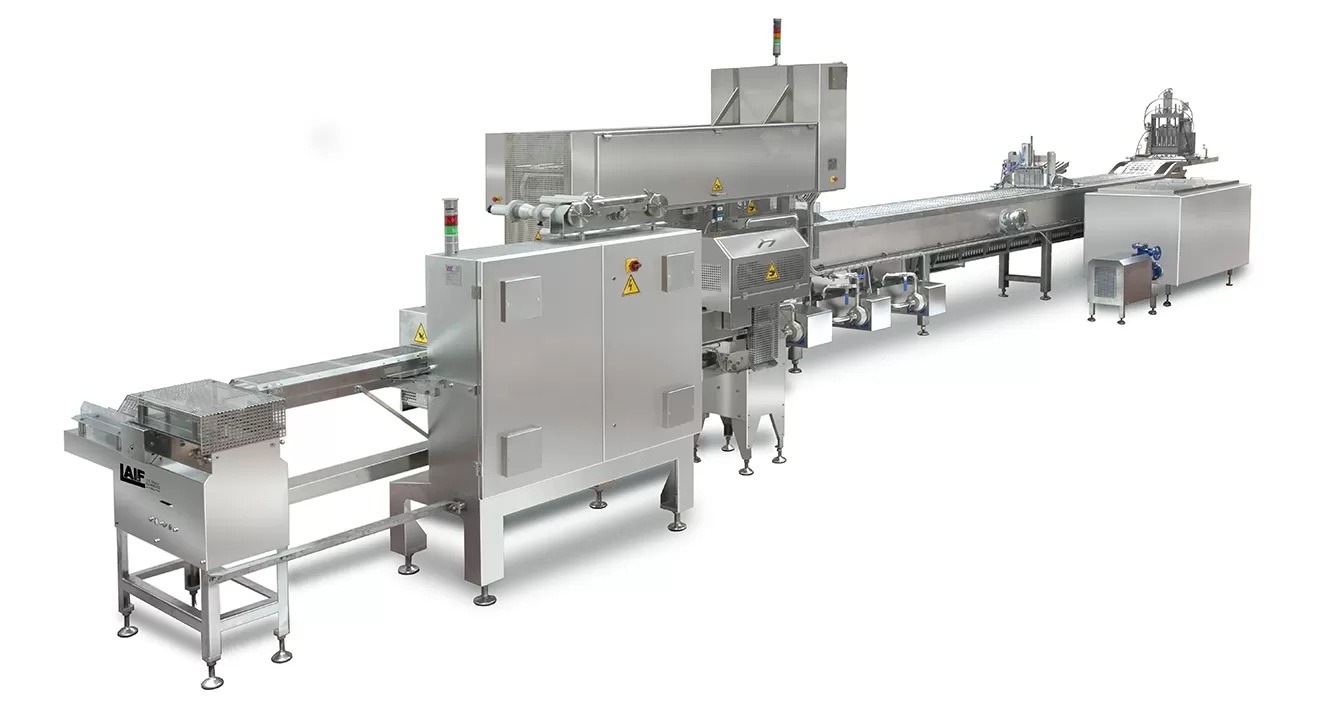
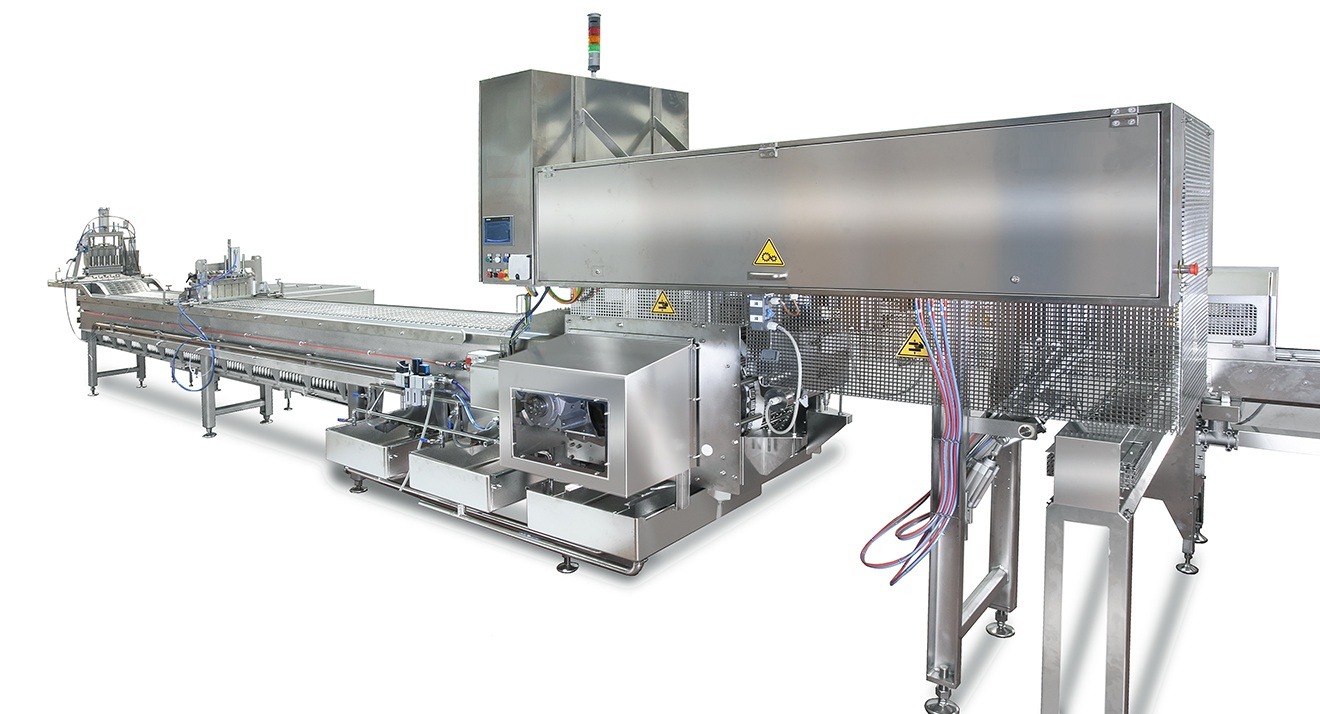
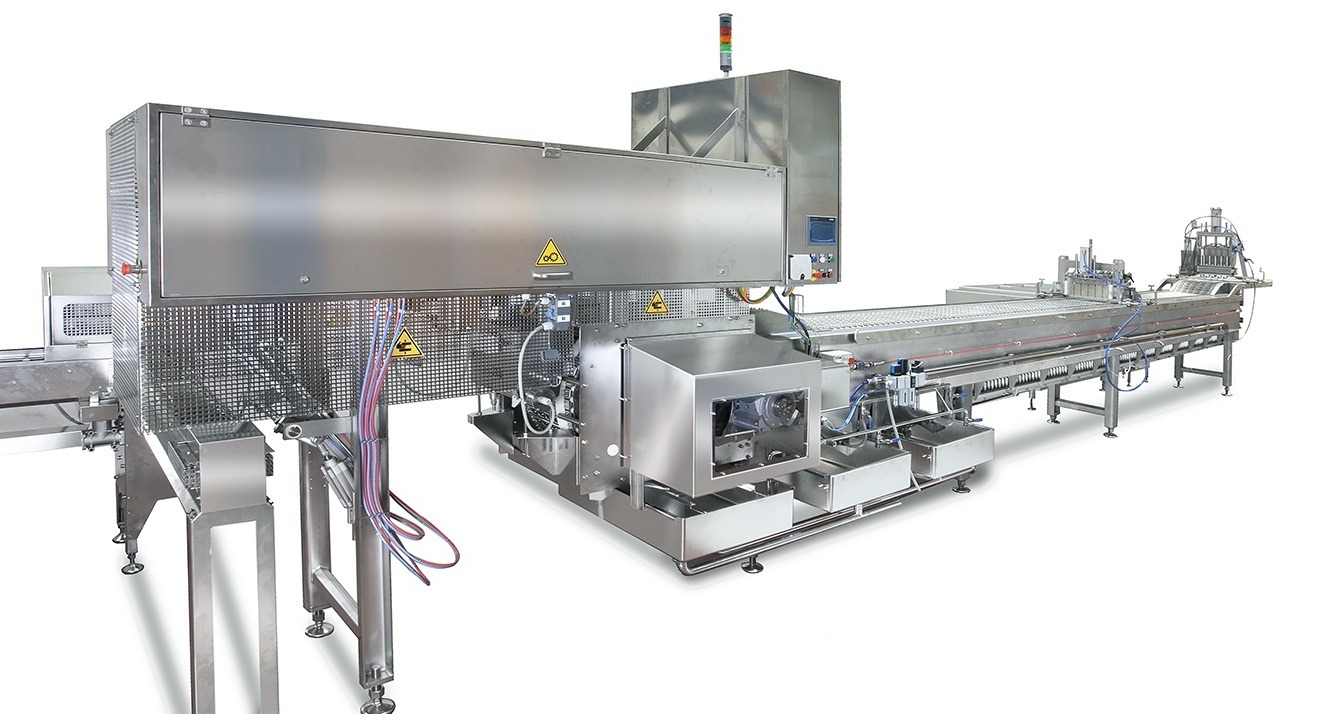
Contact
